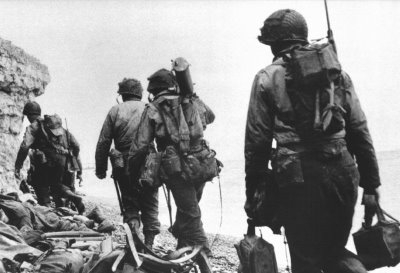Before a human child becomes 5, many of the memories that occur become lost in the sea of their developing minds. As they are unable to consciously remember any of their memories, they look back wondering what actually happened. Even as adults, many memories become altered as time progresses, as the human mind continues to idealize the flawed event over and over again until it becomes something different entirely. This often occurs because the short term memory only has the capacity to hold 5-9 items at once and usually the long term memory will choose to remember only what doesn't distress the individual.
Thus, as a human tradition since the invention of the dagguerreotype, a primitive camera, photos have been used to preserve memories which can't be altered by one's own mind. Those, like Susan Sontag, who claim that "photographs will always be some kind of sentimentalism... [and] never be ethical or political knowledge" (On Photography) are right about the former but false about the latter. They fail to see that the basic principle of photography is that even the idea of political and ethical knowledge is formed from the human definition of it, therefore it becomes sentimental. Not to mention the principle of naturalistic observation in psychology. The whole objective of photography is mainly determined from the "candid" and natural shots. On a darker note, even Susan Sontag can't claim that the reality of the shots taken during the Holocaust were just a semblance of reality. These photos can be alluded to a man sitting on a New York park bench taking photos of the people who pass him by on the street: no one knew that it was happening.
Even family members who want to goad the most cheery of photos out of their children, will look back on these photos and remember that they had to do that, that their kids were not actually happy in that photo. For example, I distinctly remember instances of my mother indicating that I was actually sobbing in the moments before they forced me to smile in the photo. So in simple terms, photos become simply the guideline, the only way to characterize the little details that occurred that normally wouldn't be remembered.
 |
| How could this be faked? |
Even family members who want to goad the most cheery of photos out of their children, will look back on these photos and remember that they had to do that, that their kids were not actually happy in that photo. For example, I distinctly remember instances of my mother indicating that I was actually sobbing in the moments before they forced me to smile in the photo. So in simple terms, photos become simply the guideline, the only way to characterize the little details that occurred that normally wouldn't be remembered.




